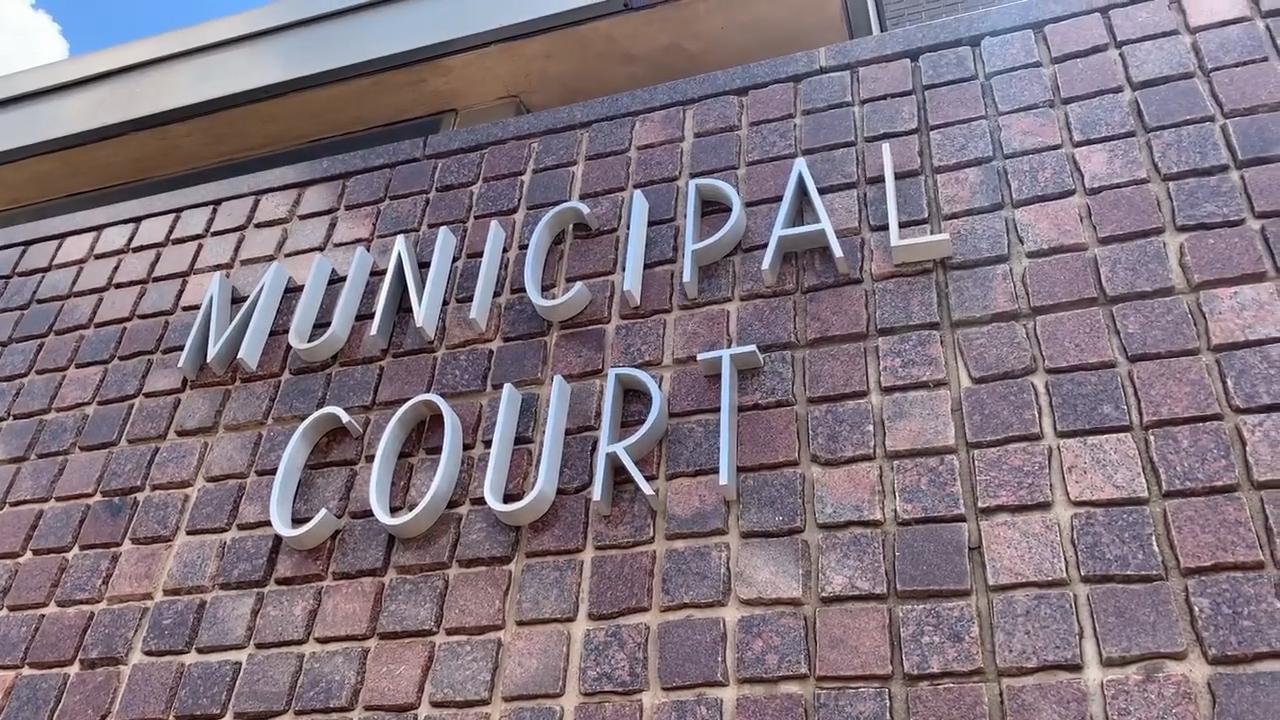This article has been updated to reflect votes on legislation in the Texas House.
AUSTIN (Nexstar) — Boomer MacKay woke up to a slight bit of throw up coming out of his mouth.
MacKay, who was in high school at the time, took more Xanax than he meant to. It didn’t sit so well with the hydrocodone and alcohol he also had in his system.
He doesn’t remember much about that day, Jan. 5, 2016. But, after years of abusing illegal drugs as a child, he saw the pain he was causing his family and loved ones and finally hit a turning point.
“It definitely was like a shocking moment,” MacKay said.
The teen initially started using marijuana in middle school. By the time he was 15, he moved on to harder drugs like cocaine, MDMA (Ecstasy/Molly), Xanax and opioids, like Percocet and hydrocodone.
“Things really kicked off in high school,” MacKay said. “They’re just kind of everywhere.”
He said he tried getting sober at 16, and had mild success— for a little over a year. Then, he was prescribed Adderall for school.
“I took a break from it for a semester and then it was finals week and I was really stressed and I took it again,” he explained. “I never got high off of it before but that time I got really high, and it was just off to the races again.”
“I got back into prescription painkillers again from there and it just never stopped,” MacKay recalled.
MacKay’s experience is duplicated across the state, and around the country.
The Texas House approved two pieces of legislation that aim to crack down on this opioid crisis. This comes after a series of hearings over the last two years to address growing concerns about drug use and abuse in Texas.
House Bill 3284 targets the prescription monitoring program, which helps medication prescribers and pharmacists track controlled substance history of patients. The bill passed the House and is scheduled for a hearing in a Senate committee.
“We need as many doctors as possible to be doing this,” State Rep. JD Sheffield, R-Gatesville, said. “That helps cut down on the doctors that we know are not part of the problem and helps isolate those that are part of the problem so we can pursue them better.”
“(The bill would help) cut down on a lot on the opioid abuse and misprescribing and simply the mal use of those medications,” Sheffield, R-Gatesville, said.
Lawmakers are also considering a proposal to update the state’s health programs to include opioid awareness campaigns and a deeper focus on substance use disorders. That legislation is also through the lower chamber and is awaiting a public hearing in the upper chamber.
“All these recommendations came out of our joint interim committee on opioid and substance abuse,” Sheffield, who was a member of the panel, said.
“With this one – we are putting a lot more emphasis on research related to opioid addiction, a lot more emphasis on tele-health and the treatment of it,” he explained.
According to data from the National Institute on Drug Abuse, there were 1,458 overdose deaths involving opioids in Texas in 2017.
The statewide efforts to curb those deaths and treat people who are affected, are welcomed by people touched by those experiences.
“If state legislature or anybody in a position of power really educate them selves, with the right people, then of course we can solve the problem,” MacKay, an addict now in recovery, said.
Multiple stints in rehab have landed MacKay to where he is now, in a Central Texas sober house, where he lives with 20 or so other addicts in recovery.
“Good people are dying all the time,” he said. “We have NARCAN (opioid reversal drug) in our laundry room, and in every car— not a joke.”
He said Texas needs to treat substance use disorders as diseases so people can be helped.
“I was able to keep it up so long because I would go to my doctor, I would bold face lie, and it was so easy to get the drugs,” he remembered.
“Government, I feel like, has to step in or else people are going to keep dying,” he said.
Sarah Rafique contrbuted to this report.



























